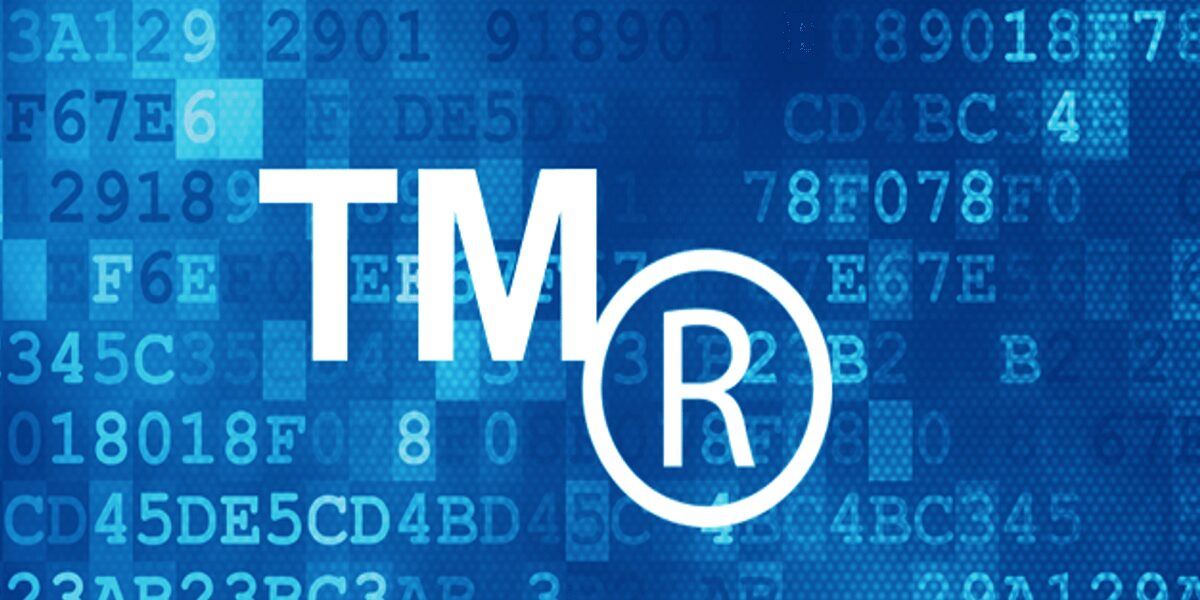
«Creative legal solutions for creative people. You create, we protect.»
Head of Commercial and Civil Law Practice
Lawyer, specialist in intellectual property. Specializes in registration and protection of copyrights, inventions, patents, trademarks, as well as development of intellectual property transfer agreements, license agreements.
How to register an international trademark?
What is an international trademark?
An international trademark is a trademark that is protected in multiple countries under a single registration. This is made possible through the Madrid System, which is a global system for the registration and management of trademarks.

Under the Madrid System, a trademark owner can file a single application with the World Intellectual Property Organization (WIPO) to protect their trademark in multiple countries that are members of the system. This is known as an international application. The owner can also add additional countries to their protection at a later time, by filing a subsequent designation.
The advantage of an international trademark is that it provides a streamlined process for obtaining protection in multiple countries, reducing the need to file separate applications in each country. It also simplifies the management of the trademark, as the owner can manage their protection in multiple countries through a single application and registration.
To file an international trademark, you will need to follow these general steps:
- Determine if you are eligible: To file an international trademark application, you must already have a registered trademark or a pending trademark application in your home country (also known as the "basic application" or "basic registration"). This is because the Madrid System is based on the principle of "centralized filing," which means that you need a base application or registration to use as the foundation for your international application.
- Select the countries where you want to seek protection: You can choose to protect your trademark in any of the 123 countries that are members of the Madrid System. You will need to identify the countries where you want to seek protection and determine if they are members of the Madrid System.
- File an international application: You can file an international application through the World Intellectual Property Organization (WIPO) either online or by mail. Your application will need to include information such as your basic application or registration details, the countries where you want to seek protection, and a description of the goods and services that your trademark will cover.
- Pay all specified fees/ the amount of them will depend on various factors, such as the country of basic registration, the countries where you want to register your trademark, the number of classes of goods or services you want to register for, and whether you use the Madrid System for the International Registration of Marks.
- Wait for examination and publication: After filing your application, the WIPO will review it to ensure that it meets the requirements of the Madrid System. If there are no objections or refusals, your trademark will be published in the WIPO Gazette of International Marks.
- National or regional examination and registration: Once your trademark is published, it will be sent to the national or regional trademark offices of the countries where you have sought protection. These offices will examine your application and determine whether to grant protection to your trademark in their country.
The specific requirements and procedures for filing an international trademark application can vary depending on the countries involved and the details of your trademark. It's recommended that you seek the advice of a qualified trademark attorney or agent who can guide you through the process and help ensure that your application is successful.
Is any trademark can become international trademark?
In addition to basic registration, the trademark must be used or intended to be used in commerce in the countries where protection is sought. The scope of protection for an international registration will be the same as the protection afforded by the basic application or registration in the home country.
Furthermore, there are some restrictions on the types of trademarks that can be registered internationally. For example, a trademark cannot be registered if it is identical or confusingly similar to an earlier trademark registration or pending application that designates the same or similar goods or services. Similarly, certain types of trademarks, such as those that are offensive or deceptive, may be prohibited from registration.
Also, a problem can occur in the case of translation a trademark name if a trademark consists only of signs or data which are descriptive when being used in terms of the goods and services referred to in the application or due to them. This is because trademarks are meant to be distinctive and unique identifiers of the source of goods or services in all countries you wish to register. If a trademark is merely descriptive of the goods or services, it does not serve this function and may not be able to distinguish the goods or services from those of other businesses.
It is advisable to consult with a qualified trademark attorney or agent to determine whether your trademark is eligible for international registration and to help you navigate the registration process.

Is there any refusals for international trademark registration?
When an application for international trademark registration is filed through the Madrid System, it is examined by the International Bureau of the World Intellectual Property Organization (WIPO). The International Bureau will review the application to ensure that it meets the requirements of the Madrid Agreement and Protocol, as well as any applicable national or regional laws. If the application does not meet these requirements, the International Bureau may refuse to register the trademark.
There are several reasons why an international trademark registration may be refused, including:
- The trademark is not eligible for protection under the Madrid Agreement or Protocol.
- The trademark is identical or confusingly similar to an earlier trademark registration or pending application.
- The trademark is contrary to public policy or morality.
- The goods or services identified in the application are not covered by the class or classes selected.
- The applicant is not the rightful owner of the trademark.
If an international trademark registration is refused, the applicant may be able to file an appeal or take other legal measures to challenge the decision. It is recommended to consult with a trademark attorney for guidance on how to proceed in such cases.

How long does the procedure of registration an international trademark take?
When an application for international trademark registration is deemed acceptable, it will be published in the WIPO Gazette of International Marks. From the date of publication, there is a period of up to 18 months for national trademark offices in the designated countries to raise any objections to the registration. If no objections are raised within this period, the trademark will be registered in the designated countries.
It is important to note that the process can be complex and time-consuming, and it is recommended to seek the advice of a trademark attorney to help navigate the process and ensure the best chance of success.
How will i know my trademark is registered internationally?
If you have filed an application for international trademark registration through the Madrid System, you will receive a notification from the International Bureau of the World Intellectual Property Organization (WIPO) once your trademark has been registered. The notification will include a registration number, the date of registration, and the list of countries where the trademark has been registered. You will also be able to view the details of your international trademark registration on the WIPO website.
Additionally, you may receive notifications from national trademark offices in the countries where you have registered your trademark, confirming that the trademark has been registered and providing any additional information or requirements.
It is important to keep track of your trademark registrations and renewals to ensure that your rights are maintained and any necessary actions are taken in a timely manner. You may want to consider working with a trademark attorney or other professional to help you manage your trademark portfolio and stay up-to-date on any changes or developments.

What benefits international trademark gives to its owner?
Registering an international trademark can provide several benefits to its owner, including:
- Exclusive rights: The owner of an international trademark has exclusive rights to use the mark in connection with the goods and services covered by the registration. This means that no one else can use the same or a similar mark in a way that is likely to cause confusion or deception among consumers.
- Global protection: An international trademark registration provides protection in multiple countries, which can help to prevent others from using the same or a similar mark in those countries. This can be particularly valuable for businesses that operate internationally or plan to expand into new markets.
- Brand recognition: An international trademark can help to build brand recognition and awareness among consumers, which can be important for businesses that rely on their brand to distinguish themselves from competitors.
- Licensing and franchising: An international trademark can be licensed or franchised to third parties, which can generate revenue for the trademark owner and help to expand the reach of the brand.
- Legal remedies: If someone else uses an international trademark without the owner's permission, the owner may be able to take legal action to stop the unauthorized use and recover damages or other remedies.
- Easy renewal: as all countries registrations depends on the international registration, you need to pay for renewal to the WIPO solely and not for each country where brand is registered.
Overall, registering an international trademark can provide valuable protection and benefits to its owner, helping to establish and grow their business in the global marketplace.
Calculate the price of assistance:
1 question
Have other lawyers handled your case?
2 question
Are you in Kyiv or Kyiv region?
3 question
Do you need legal assistance urgently?
Head of Commercial and Civil Law Practice
Lawyer, specialist in intellectual property. Specializes in registration and protection of copyrights, inventions, patents, trademarks, as well as development of intellectual property transfer agreements, license agreements.
Other articles on this topic:
call back
during the day




